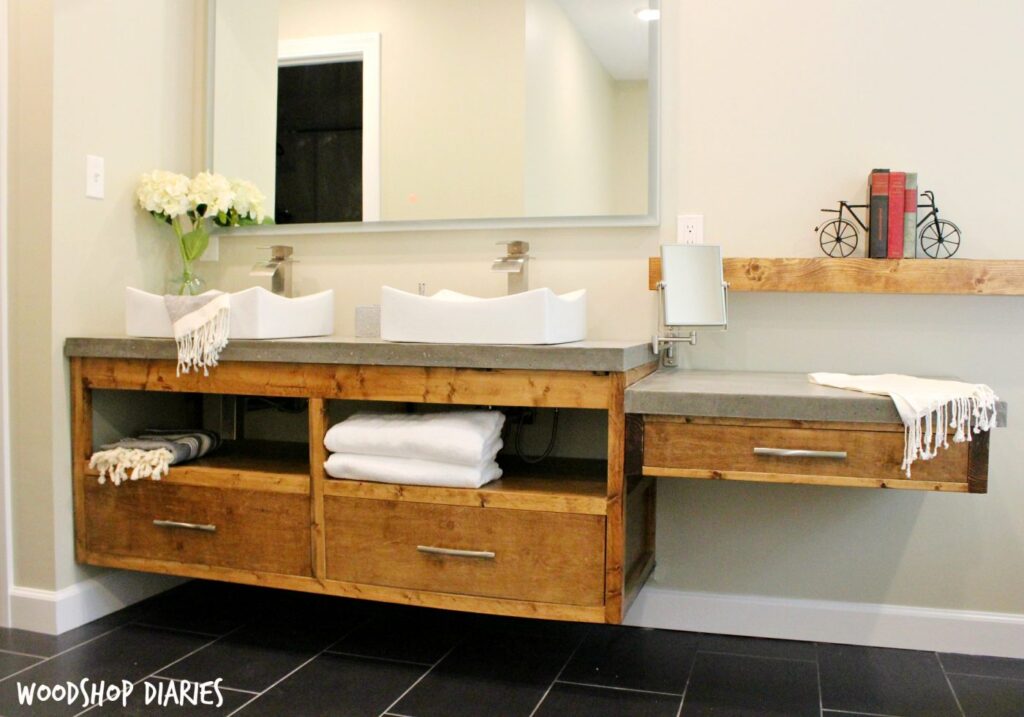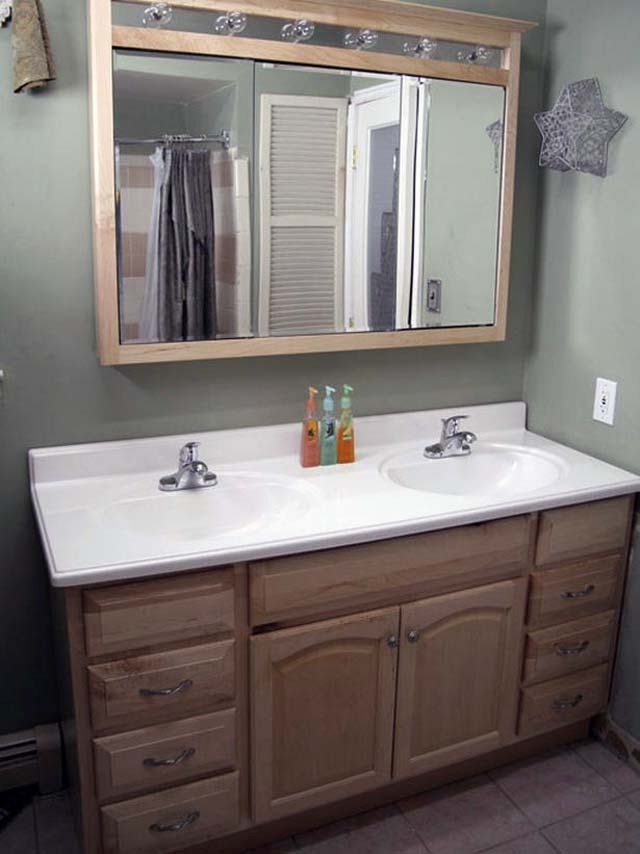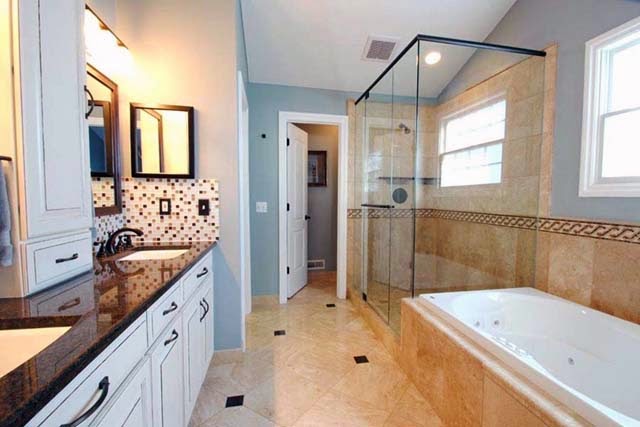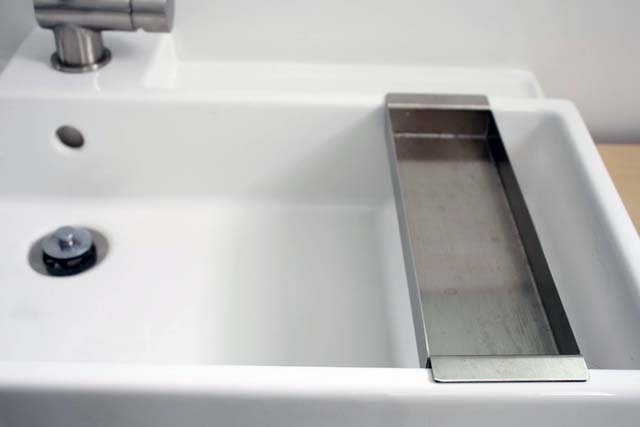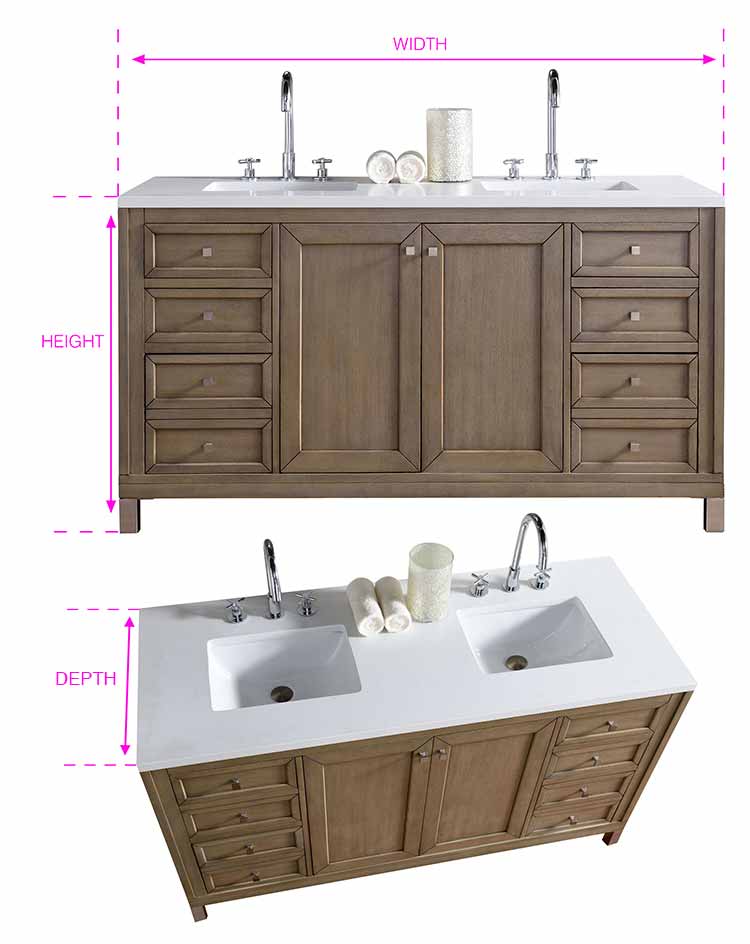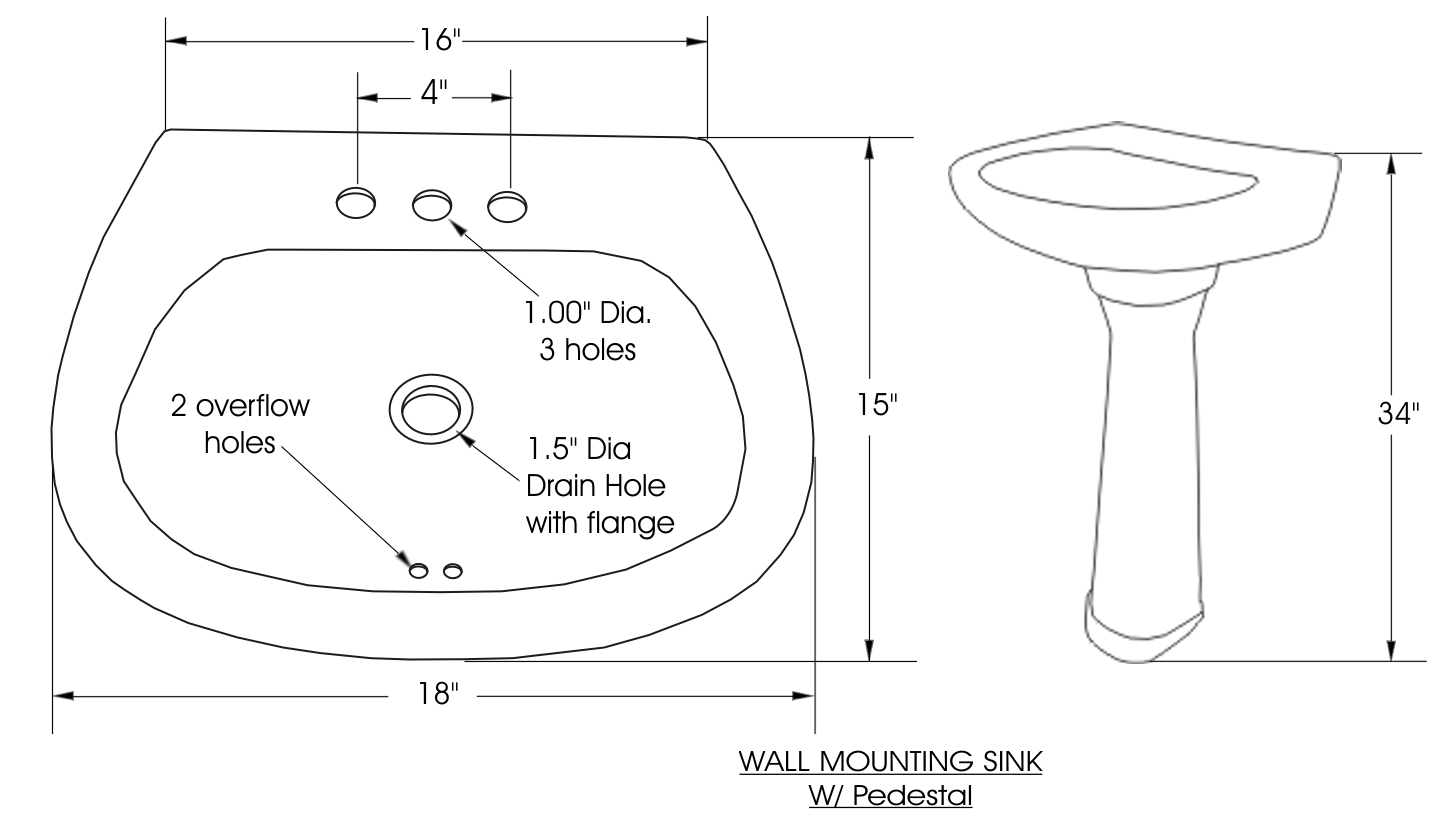Installing bathroom vanity cabinets is a great way to add both style and functionality to your bathroom. These cabinets provide extra storage space and can also serve as a beautiful focal point in the room. While the thought of installing cabinets may seem intimidating, it can actually be a manageable DIY project with the right tools and knowledge. Here is a step-by-step guide on how to install bathroom vanity cabinets. How to Install Bathroom Vanity Cabinets
Step 1: Gather your tools and materials. Before starting the installation process, make sure you have all the necessary tools and materials. These may include a drill, screwdriver, measuring tape, level, and the vanity cabinet itself. Step 2: Measure and mark the wall. Use a measuring tape to mark the placement of your vanity cabinet on the wall. Make sure to account for the size of the cabinet and any additional space needed for plumbing fixtures. Step 3: Locate and mark the studs. Use a stud finder to locate the studs on the wall and mark them with a pencil. This will ensure that your cabinet is securely attached to the wall. Step 4: Assemble the cabinet. If your cabinet requires assembly, follow the manufacturer's instructions to put it together. Step 5: Attach the cabinet to the wall. Using a drill, screw the cabinet into the wall, making sure to hit the marked studs for added stability. Step 6: Install the countertop and sink. If your vanity cabinet came with a countertop and sink, carefully install them according to the manufacturer's instructions. Step 7: Connect the plumbing. If your cabinet has a sink, you will need to connect the water supply lines and drain pipes. It may be helpful to have a professional plumber handle this step if you are unfamiliar with plumbing. Step 8: Install the cabinet doors and hardware. Once the cabinet is securely attached to the wall, you can install the doors and any hardware, such as knobs or handles, according to the manufacturer's instructions. Step 9: Seal any gaps. Use caulk to seal any gaps between the cabinet and the wall, as well as between the countertop and the wall. Step 10: Enjoy your new bathroom vanity cabinet! Admire your hard work and enjoy the added functionality and style your new vanity cabinet brings to your bathroom. Step-by-Step Guide for Installing Bathroom Vanity Cabinets
If you are on a budget or simply enjoy DIY projects, installing a bathroom vanity cabinet yourself can be a rewarding experience. By following the steps above and using the right tools, you can successfully install a vanity cabinet that will enhance your bathroom's appearance and functionality. DIY Bathroom Vanity Cabinet Installation
Tip #1: Choose the right vanity cabinet for your space. Before purchasing a vanity cabinet, make sure to measure your space and consider the placement of plumbing fixtures. You want to make sure the cabinet not only fits in the space but also allows for easy access to plumbing. Tip #2: Level, level, level. Use a level throughout the installation process to ensure your cabinet is straight and secure. Uneven cabinets can cause issues with doors and drawers not closing properly. Tip #3: Don't rush. Take your time during the installation process and double-check your measurements and markings before drilling or screwing anything into place. Tip #4: Consider hiring a professional for plumbing work. If you are unfamiliar with plumbing, it may be best to hire a professional to connect your sink's water supply lines and drain pipes. This will ensure no issues arise in the future. Tips for Installing Bathroom Vanity Cabinets
Tool #1: Drill. A power drill will make the installation process much easier and quicker than using a screwdriver. Tool #2: Screwdriver. You may need a screwdriver for smaller screws or to adjust cabinet doors and hardware. Tool #3: Measuring tape. Accurate measurements are crucial for a successful cabinet installation. Tool #4: Stud finder. This tool will help you locate and mark the studs in your wall for secure cabinet attachment. Tool #5: Level. A level will ensure your cabinet is straight and level throughout the installation process. Tools Needed for Installing Bathroom Vanity Cabinets
Mistake #1: Not measuring properly. Accurate measurements are crucial for a successful cabinet installation. Make sure to measure multiple times and double-check your markings before drilling or screwing anything into place. Mistake #2: Not securing the cabinet to studs. Attaching the cabinet to the wall without hitting studs can result in an unstable and potentially dangerous cabinet. Mistake #3: Forgetting to account for plumbing fixtures. Before purchasing a vanity cabinet, make sure to consider the placement of plumbing fixtures and ensure the cabinet allows for easy access to them. Common Mistakes to Avoid When Installing Bathroom Vanity Cabinets
When it comes to choosing a bathroom vanity cabinet, there are a few factors to consider. First, make sure the cabinet fits in your space and allows for easy access to plumbing fixtures. You should also consider the style and color of the cabinet to ensure it complements your bathroom's overall aesthetic. Choosing the Right Bathroom Vanity Cabinet for Your Space
If you are on a budget, there are a few ways to save money on your bathroom vanity cabinet installation. Consider purchasing a pre-made cabinet rather than a custom one, and opt for a basic model without added features like soft-close doors or drawers. You can also save money by doing the installation yourself rather than hiring a professional. Installing Bathroom Vanity Cabinets on a Budget
Before installing your vanity cabinet, you may need to cut holes for plumbing fixtures such as sinks and faucets. Measure the placement of these fixtures and use a jigsaw or hole saw to carefully cut the necessary holes in the cabinet. It may be helpful to use a drill to create a starter hole before using the saw. How to Measure for and Cut Holes in Bathroom Vanity Cabinets
If you encounter issues during the installation process, don't panic. Some common issues can easily be fixed, such as adjusting doors and hardware or using shims to level the cabinet. If you are unsure of how to fix the issue, consult the manufacturer's instructions or seek the help of a professional. Troubleshooting Common Issues During Bathroom Vanity Cabinet Installation
Additional Tips for Installing Bathroom Vanity Cabinets

Proper Placement is Key
 When installing bathroom vanity cabinets, it is important to consider the placement of the cabinets.
Proper placement of the cabinets can enhance the overall look and functionality of the bathroom.
It is recommended to place the cabinets near the sink and at a comfortable height for easy access.
You can also add accent lighting above or below the cabinets to create a more visually appealing space.
When installing bathroom vanity cabinets, it is important to consider the placement of the cabinets.
Proper placement of the cabinets can enhance the overall look and functionality of the bathroom.
It is recommended to place the cabinets near the sink and at a comfortable height for easy access.
You can also add accent lighting above or below the cabinets to create a more visually appealing space.
Secure the Cabinets Properly
 One of the most important steps in installing bathroom vanity cabinets is ensuring that they are properly secured to the wall.
This not only ensures the safety of the cabinets but also prevents any potential damage to the walls from the weight of the cabinets and its contents.
Use sturdy screws and anchors to secure the cabinets to the wall studs for maximum support.
It is also essential to use a level to ensure that the cabinets are straight and properly aligned.
One of the most important steps in installing bathroom vanity cabinets is ensuring that they are properly secured to the wall.
This not only ensures the safety of the cabinets but also prevents any potential damage to the walls from the weight of the cabinets and its contents.
Use sturdy screws and anchors to secure the cabinets to the wall studs for maximum support.
It is also essential to use a level to ensure that the cabinets are straight and properly aligned.
Consider Storage Needs
 When choosing bathroom vanity cabinets, it is important to consider your storage needs.
Make a list of all the items that you need to store in your bathroom and choose cabinets that can accommodate them.
This will help you choose the right size and style of cabinets for your space.
You can also opt for cabinets with built-in organizers or add pull-out shelves for more efficient storage.
When choosing bathroom vanity cabinets, it is important to consider your storage needs.
Make a list of all the items that you need to store in your bathroom and choose cabinets that can accommodate them.
This will help you choose the right size and style of cabinets for your space.
You can also opt for cabinets with built-in organizers or add pull-out shelves for more efficient storage.
Don't Forget About Plumbing
 Plumbing is often overlooked when installing bathroom vanity cabinets but is an essential aspect to consider.
Make sure you have enough space for the plumbing fixtures and pipes to fit behind the cabinets.
If you are replacing old cabinets, it is important to measure the placement of the existing plumbing to ensure it aligns with the new cabinets.
If necessary, hire a professional plumber to make any necessary adjustments.
Plumbing is often overlooked when installing bathroom vanity cabinets but is an essential aspect to consider.
Make sure you have enough space for the plumbing fixtures and pipes to fit behind the cabinets.
If you are replacing old cabinets, it is important to measure the placement of the existing plumbing to ensure it aligns with the new cabinets.
If necessary, hire a professional plumber to make any necessary adjustments.
Finishing Touches
 Once the bathroom vanity cabinets are installed, it's time to add the finishing touches.
Choose hardware that complements the style of the cabinets and the overall design of your bathroom.
You can also add a backsplash to protect the wall behind the cabinets and add a decorative element.
Lastly, make sure to caulk around the edges of the cabinets to create a seamless and polished look.
Once the bathroom vanity cabinets are installed, it's time to add the finishing touches.
Choose hardware that complements the style of the cabinets and the overall design of your bathroom.
You can also add a backsplash to protect the wall behind the cabinets and add a decorative element.
Lastly, make sure to caulk around the edges of the cabinets to create a seamless and polished look.
Final Thoughts
 Installing bathroom vanity cabinets may seem like a daunting task, but with the right tools and knowledge, it can be a simple and rewarding DIY project.
Remember to measure carefully, secure the cabinets properly, and consider your storage needs to achieve a functional and visually pleasing result.
With these tips, you can confidently install bathroom vanity cabinets and transform your bathroom into a beautiful and organized space.
Installing bathroom vanity cabinets may seem like a daunting task, but with the right tools and knowledge, it can be a simple and rewarding DIY project.
Remember to measure carefully, secure the cabinets properly, and consider your storage needs to achieve a functional and visually pleasing result.
With these tips, you can confidently install bathroom vanity cabinets and transform your bathroom into a beautiful and organized space.





/155068606-56a4a2985f9b58b7d0d7ef19.jpg)

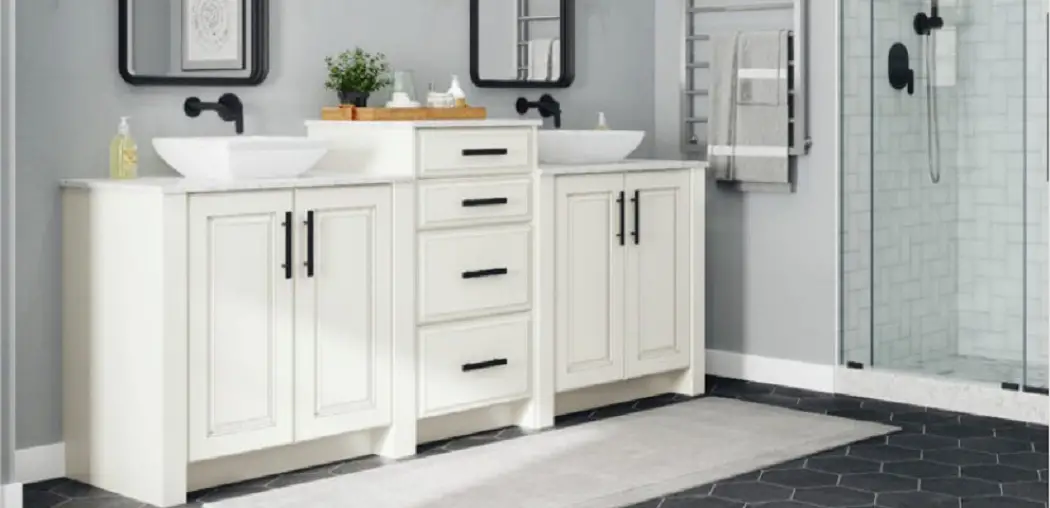















:max_bytes(150000):strip_icc()/build-something-diy-vanity-594402125f9b58d58ae21158.jpg)



